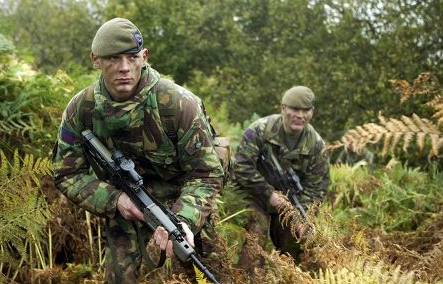The Best Camouflage Patterns For Airsoft
When it comes to choosing the best camouflage pattern, the decision can vary widely based on the environment, mission requirements, and personal preferences. The effectiveness of a camo pattern is not solely determined by its design but also by how well it blends into specific surroundings. In this blog, we’ll explore popular camouflage patterns, answer frequently asked questions, and help you determine which camo pattern is best for your needs.
What is the Best Camouflage Pattern?
When discussing the best camouflage patterns, two names often come up: Multicam and M81 Woodland. Each of these patterns has its unique strengths and applications, making them favorites among military personnel, hunters, and outdoor enthusiasts alike.
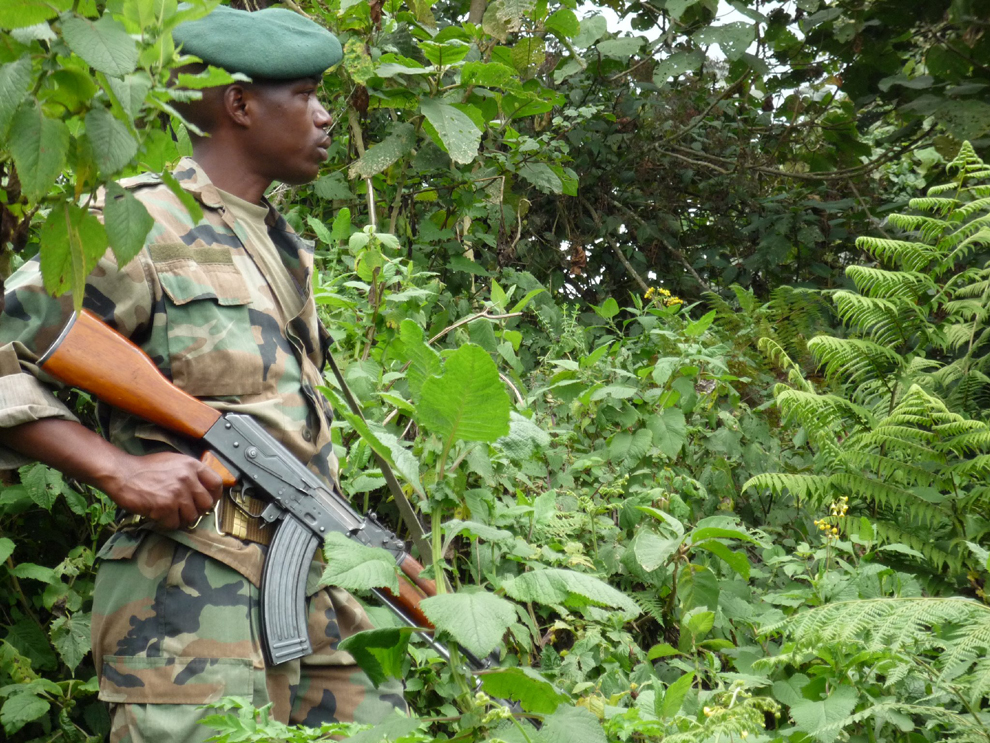
Multicam, developed by the U.S. Army, is renowned for its versatility and adaptability across various terrains. This pattern features a mix of earth tones, greens, and browns, designed to blend seamlessly in environments ranging from dense forests to arid deserts. The distinct shapes and colors of Multicam disrupt the wearer's silhouette, making it particularly effective in transitional environments where the scenery changes frequently. Its performance in different light conditions is another advantage, as it helps wearers stay concealed whether they are in bright sunlight or shadowy areas. With its proven effectiveness in modern military operations, Multicam has become a popular choice for tactical gear and apparel.
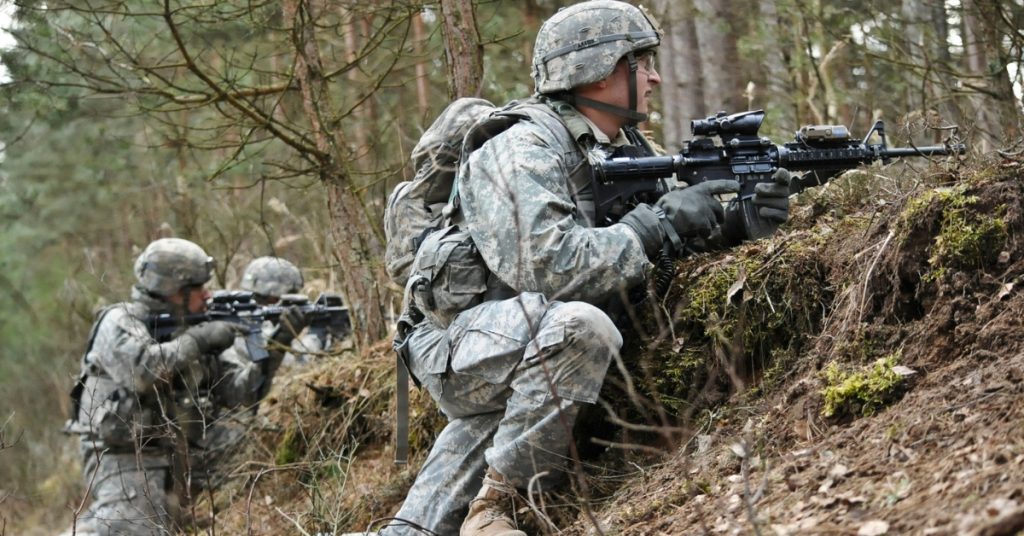
On the other hand, M81 Woodland, often recognized as a classic camouflage pattern, has been a staple in military attire since its introduction in the 1980s. Featuring a design of dark green, light green, and brown blotches, it excels in forested environments. The pattern is specifically engineered to break up the outline of the wearer against the natural backdrop of trees and foliage. Its effectiveness has stood the test of time, making it a reliable option for any woodland operation. Beyond its military roots, M81 Woodland has gained popularity in the civilian world, especially among hunters and outdoor enthusiasts who appreciate its timeless design and operational efficiency.
Which Country Has the Best Camouflage Pattern?
Determining which country has the best camouflage pattern is a subjective matter, as each nation tailors its designs to suit specific operational environments and tactical needs. However, several countries have developed notable camouflage patterns that stand out for their effectiveness and innovation.
The United States is often at the forefront of camouflage development, with patterns like Multicam and AOR-1 (used by the Navy) gaining widespread recognition for their versatility. Multicam, in particular, has been designed to operate effectively in a range of terrains, from arid deserts to lush forests, making it a fantastic all-around option for diverse military operations. Its adaptability to different light conditions and environments has made it a favorite not just among the U.S. military but also in civilian tactical gear.

Meanwhile, the United Kingdom has its own storied history with camouflage, exemplified by the British DPM (Disruptive Pattern Material). This pattern combines earthy tones and irregular shapes, effective for both woodland and urban environments. The success of DPM can be seen in its long-standing use by British armed forces, further proof of its effectiveness.
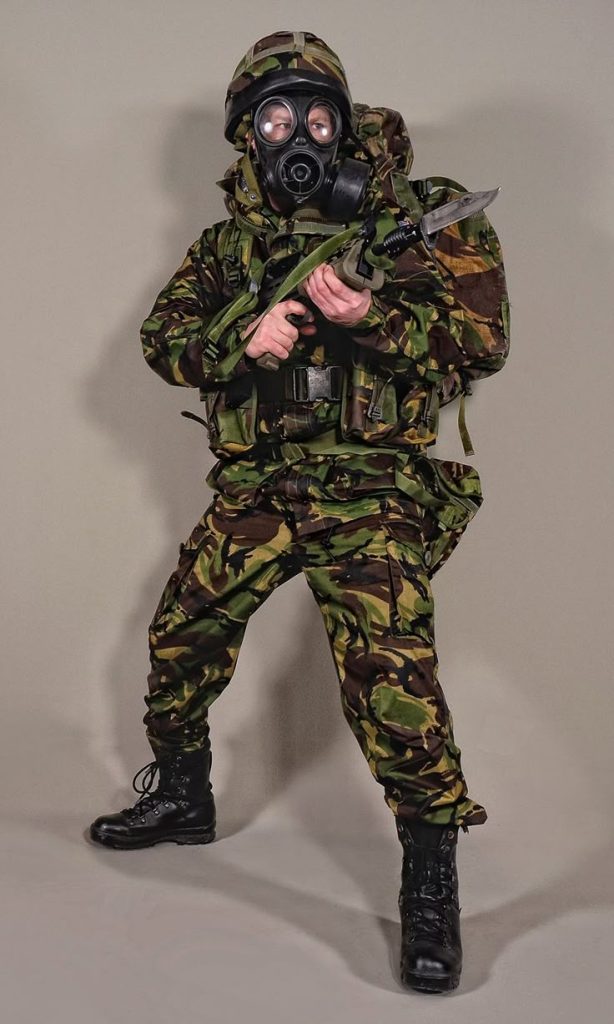
Additionally, countries like Russia contribute to the conversation with patterns such as EMR (Digital Flora), which showcases a pixelated design that adapts to various surroundings. The uniqueness of this pattern helps it stand out, particularly in forested regions, while maintaining effective concealment.
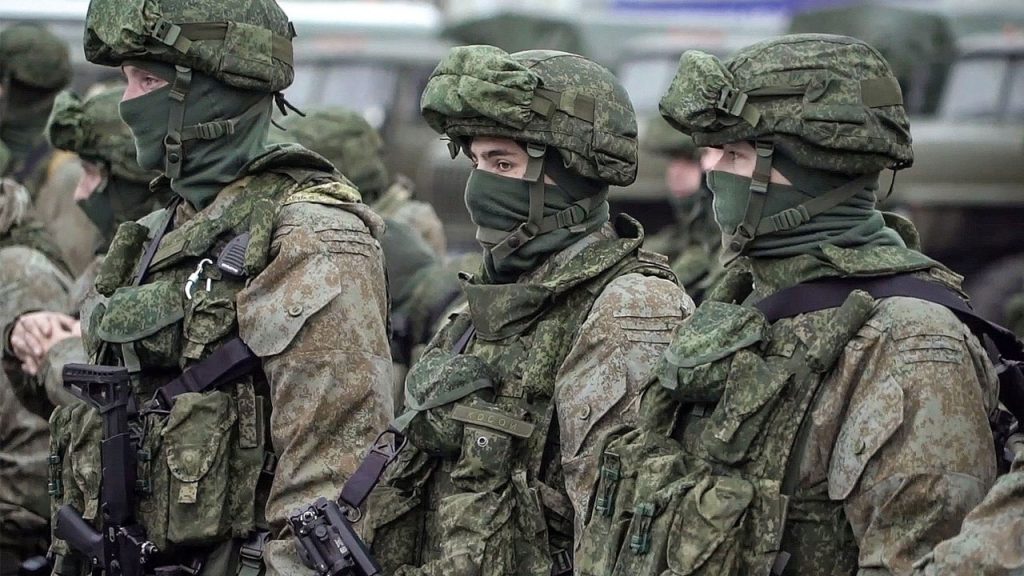
Other notable mentions include Rhodesian Brushstroke, favored for its effectiveness in bush warfare, and Flecktarn from Germany, known for its disruptive spots that work well in wooded and urban terrain. Each of these patterns serves specific purposes based on the geography, climate, and combat scenarios unique to their respective regions.
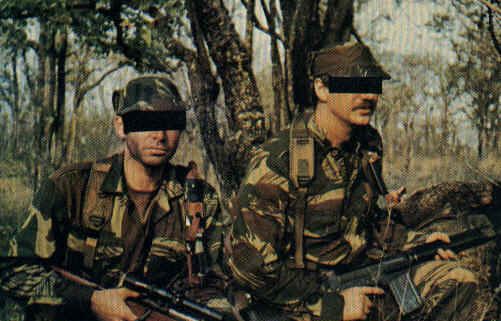
In conclusion, the concept of the "best" camouflage pattern varies depending on the tactical needs and environments faced by different military forces. Recognizing the strengths of each pattern illuminates how nations have adapted their designs to meet the challenges of their specific landscapes. Ultimately, the best camouflage is one that effectively conceals the wearer in their operational environment, and countries continue to innovate and evolve their patterns based on experience and research. If you want to find out about other countries' camos, check out this wiki site HERE.
What are the Best Camouflage Patterns For Colorado?
Colorado is known for its diverse and varied landscapes, ranging from dense forests and high mountains to arid deserts and open plains. This diversity requires adaptable camouflage patterns that can perform well in different environments and seasons. Here are some of the best camouflage patterns for Colorado:
M81 Woodland: This classic camouflage pattern is highly effective in forested areas, which are common in the Colorado Rockies. The mix of dark and light greens, along with browns, helps break up the wearer’s silhouette against the natural textures of trees and underbrush. M81 Woodland is an excellent choice during the summer and fall when foliage is abundant.

Multicam: Renowned for its versatility, Multicam is designed to blend into various environments, making it an ideal choice for Colorado’s mixed terrain. Its colors shift between greens, browns, and tans, allowing it to work effectively in both wooded areas and open grasslands. This adaptability is particularly useful for hunters or outdoor enthusiasts who may encounter varying terrains in a single trip.
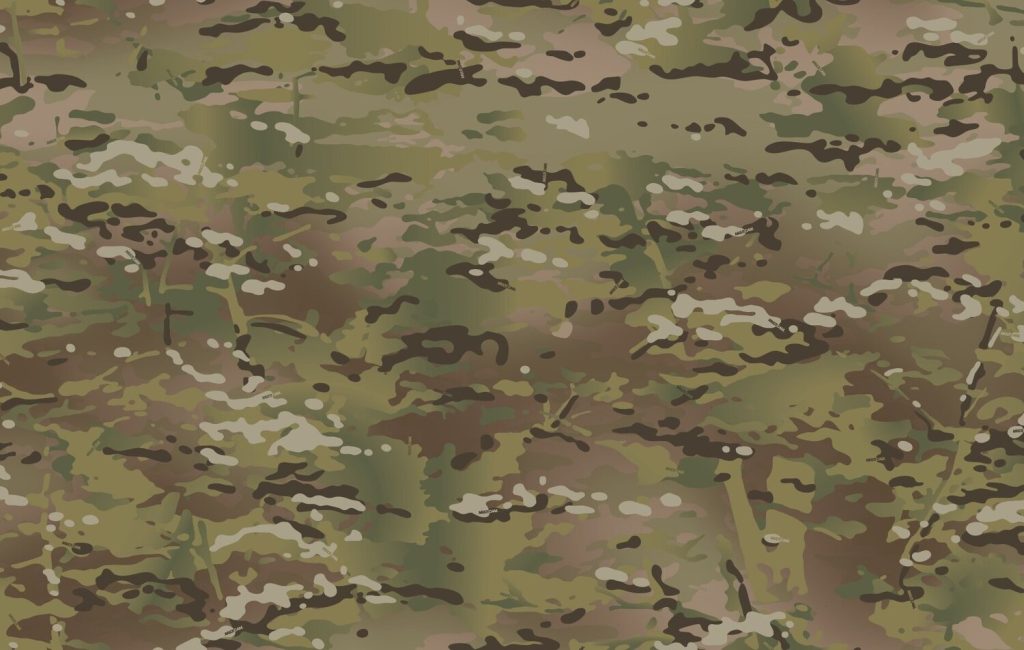
Flecktarn: Originally developed by the German military, the Flecktarn pattern employs a unique speckled design that works effectively in a variety of forested environments. Given Colorado's dense foliage in certain regions, Flecktarn can help maintain concealment while navigating through thickets and tree lines.
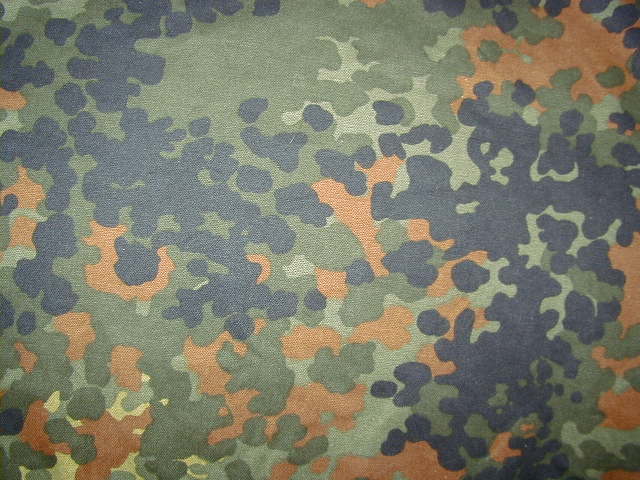
Tiger Stripe: Particularly effective in jungle-like environments, the Tiger Stripe camouflage pattern can also work surprisingly well in Colorado’s forested areas. Its bold stripes can break up a silhouette among shadows and dappled light conditions, which is common in wooded environments.
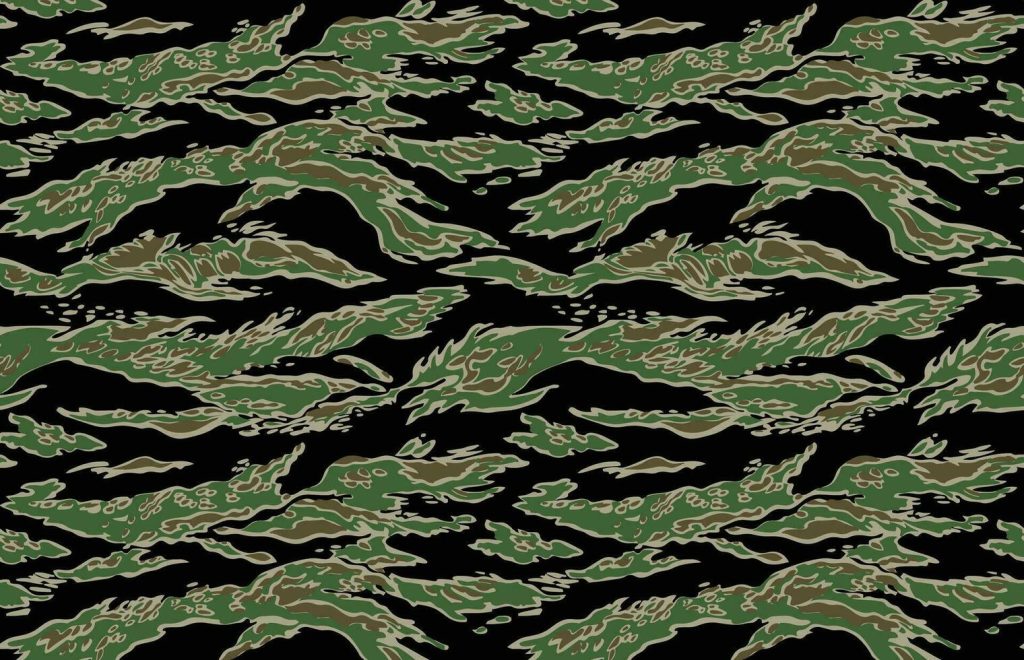
Hunting Camo: Some patterns are specifically designed for mountainous regions, featuring shades that mimic rocky surfaces and alpine vegetation. These patterns can be particularly advantageous for those hiking or hunting in the high-altitude areas of Colorado, where rocky terrains and sparse vegetation are prevalent.
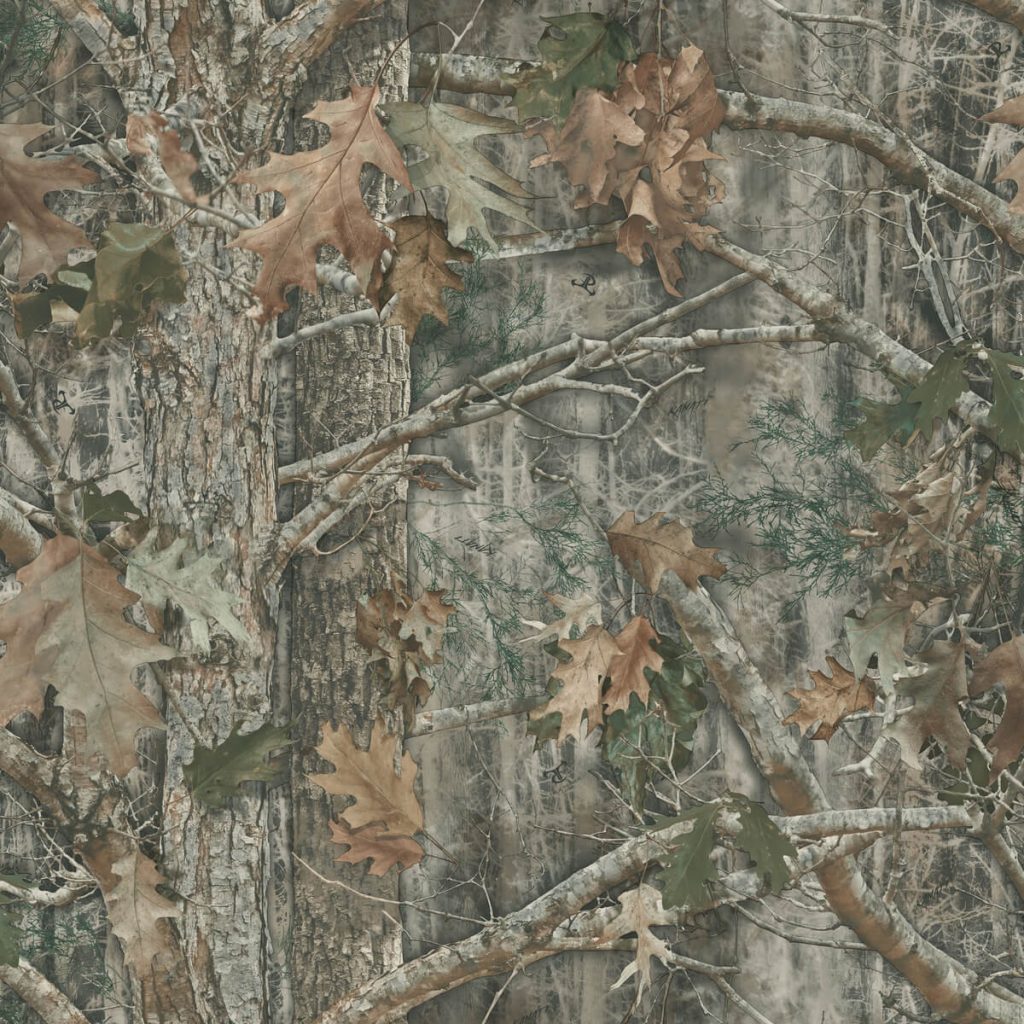
As seasons change, so does the effectiveness of camouflage patterns. For winter operations, a snow camouflage pattern or a mix of color schemes that include whites and grays can help blend into the snowy landscapes that blankets much of Colorado’s mountainous terrain during the colder month
What Are Some Rare Camouflage Patterns?
In the world of camouflage, certain patterns stand out not just for their effectiveness but also for their rarity and unique designs. Some of these rare camouflages are sought after by collectors and enthusiasts due to their distinctive aesthetics and historical significance. Here, we'll explore a couple of notable examples: Rhodesian Brushstroke and Omani DPM.
Rhodesian Brushstroke
The Rhodesian Brushstroke pattern gained notoriety during the late 20th century, particularly during the Rhodesian Bush War. This camouflage features a unique design characterized by broad, irregular brush strokes in earthy tones of green, brown, and beige. The disruptive nature of the pattern makes it highly effective in bushy, dry, and semi-arid environments, which were typical in parts of Southern Africa.
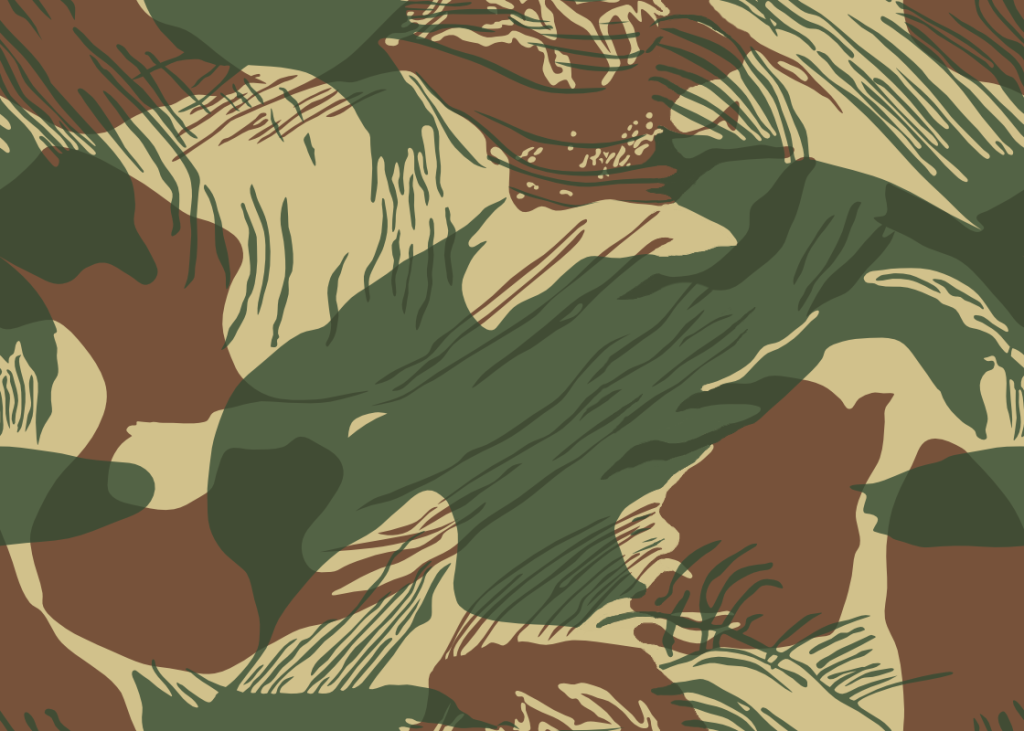
What makes the Rhodesian Brushstroke rare is its limited production and use, tied closely to the historical context of Rhodesia (now Zimbabwe). Due to its distinctive pattern and association with a specific era, it has become highly desired among collectors and militaria enthusiasts. Additionally, its unique aesthetics, which differ from more modern camouflage designs, contribute to its status as a rare gem in the world of camouflage.
Omani DPM
Another notable mention is the Omani DPM (Disruptive Pattern Material). Similar in concept to British DPM, the Omani version features a unique blend of colors that incorporate desert tones suitable for the arid landscapes of Oman. The pattern consists of irregular shapes and earthy hues designed to break up the silhouette of soldiers operating in the rocky and varied terrain found in the region.
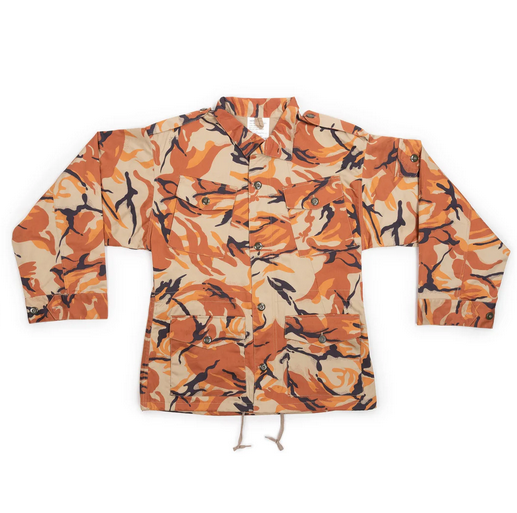
What sets Omani DPM apart is its limited usage and the specific cultural and operational context it represents. While many countries have adopted contemporary camouflage patterns, Omani DPM remains a rarity due to its unique adaptation to Oman’s environment and its specific military history. Collectors and enthusiasts often seek it out for its distinctive look and military significance.
Irish DPM
The Irish DPM is another interesting rarity within the realm of camouflage patterns. Developed for the Irish Defence Forces, this pattern features a mix of greens, browns, and occasional splashes of black, designed to suit the varied landscapes of Ireland, from its lush green countryside to rocky coastal areas. While Irish DPM is somewhat similar to British DPM, its unique colorway and pattern variations set it apart.
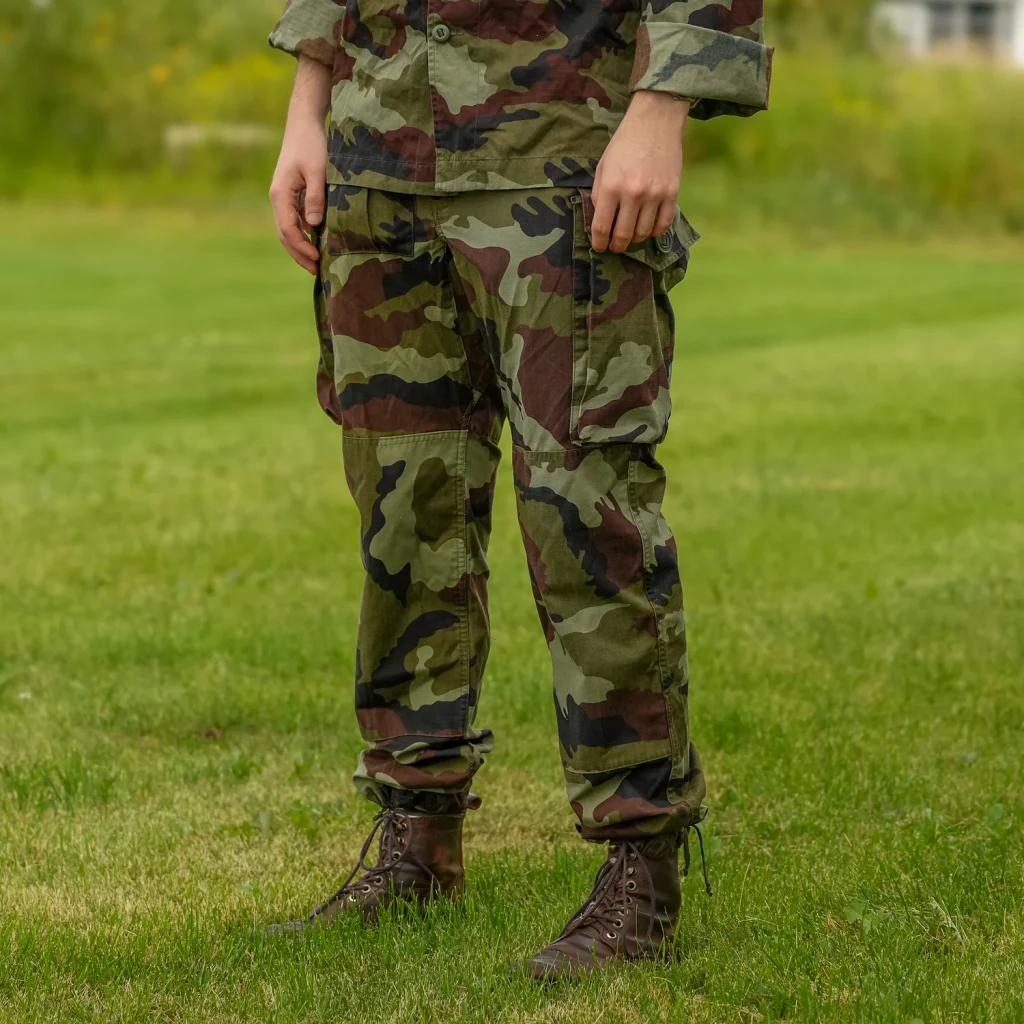
A significant aspect of Irish DPM is that it is illegal to buy or own this pattern without proper authorization, making it both expensive and difficult for collectors to obtain. The rarity is further amplified by these restrictions, as availability is limited to military use and official channels. Consequently, collectors and enthusiasts often face challenges in seeking out Irish DPM items, increasing their desirability and market value within the militaria community.
British OPFOR
The British OPFOR (Opposing Force) pattern represents another rare and intriguing camouflage design. Developed for training exercises where British forces would rehearse against a simulated enemy, the OPFOR pattern incorporates darker tones and more aggressive, disruptive shapes to differentiate training soldiers from standard military uniforms. Its design is intended to provide effective concealment in various environments, mimicking the tactics and styles of potential adversaries.
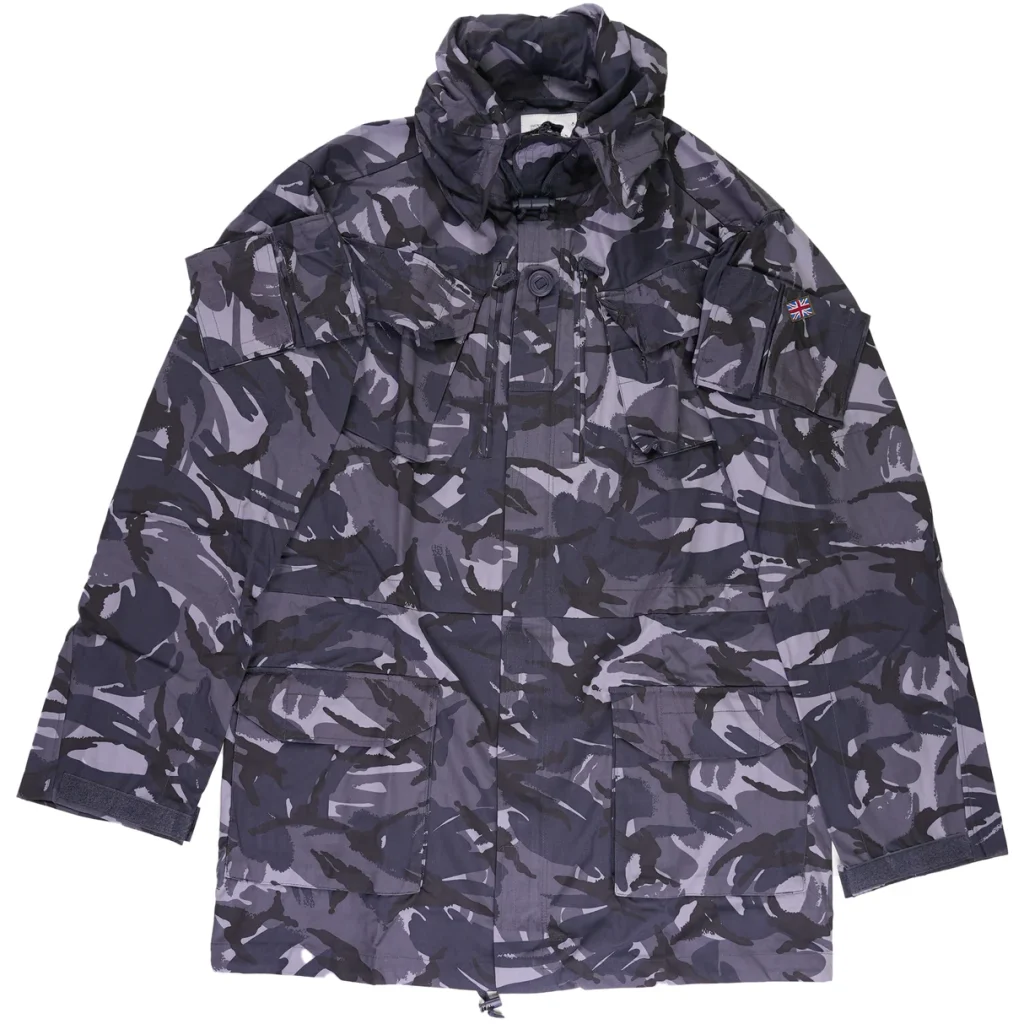
Swiss Alpenflage / TAZ 83
The TAZ 83 camouflage pattern, also known as "Alpenflage" or "pizza camouflage," is a distinctive design used by the Swiss Army for the Kampfanzug 57/70 and TAZ 83 combat dress. Emerging in army surplus markets during the 1990s, its six-color scheme combines tan, white flecks, light green, and vivid red and black leaf shapes. Originating from an experimental pattern used by Germany's Wehrmacht in WWII, the TAZ 83 was issued from 1983 until it was replaced by the TAZ 90.
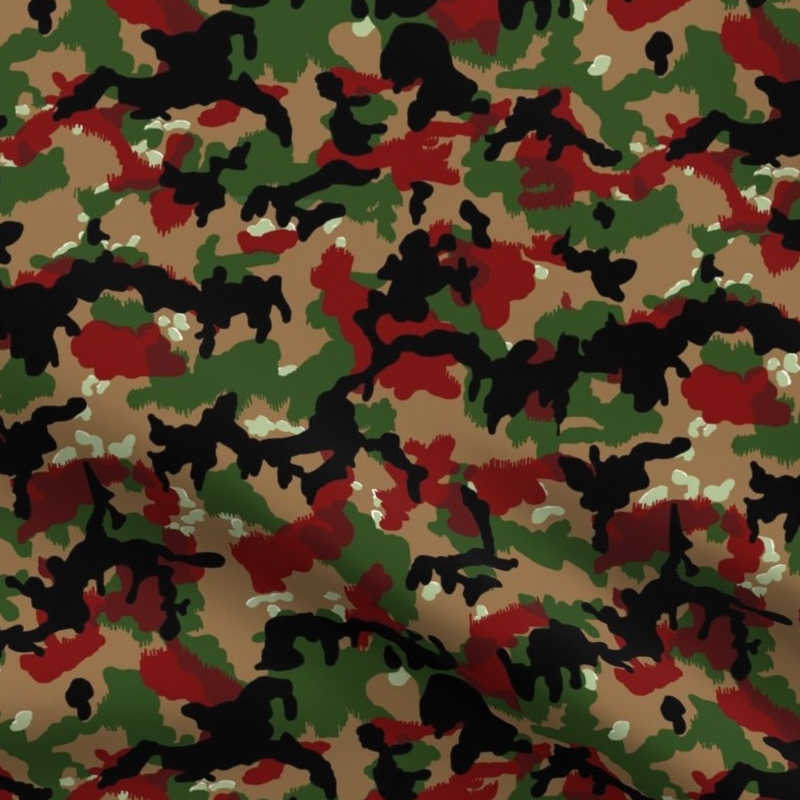
Known for its effectiveness in built-up areas and alpine terrains, this pattern has been humorously dubbed "Vierfrucht-Pyjama" or "four-fruit pyjamas" by Swiss soldiers, and it continues to be used alongside green variants in the Swiss Army today. The TAZ 83 has seen a revival in popularity and can be found in most big military surplus resellers, appealing to collectors and outdoor enthusiasts alike.
Other Rare Patterns
Beyond these two, there are other rare camouflage patterns worth mentioning. These include the U.S. Navy’s Blue Tiger, which is a unique blue-based camouflage, and the Soviet TTsKO, which combines elements suitable for both urban and forested areas. Each of these patterns has its unique history and applications, contributing to the diversity and appeal of camouflage designs worldwide.
Best Desert Camouflage Pattern
When it comes to desert operations, effective camouflage is crucial for operational success and survival. Desert environments typically feature arid landscapes, sandy terrains, rocky outcrops, and limited vegetation. Therefore, the best desert camouflage patterns aim to blend seamlessly with these conditions. Here are some of the top desert camouflage patterns known for their effectiveness in such environments:
1. DESERT CAMOUFLAGE PATTERN (DCP)
The Desert Camouflage Pattern (DCP), developed by the U.S. military, is specifically designed for arid environments. It features a combination of tan, brown, and light beige colors that mimic the hues of the desert terrain. The irregular blotches and shapes help disrupt the wearer's outline, making them less detectable in sandy and rocky environments. DCP has been widely used by U.S. Army and Marine Corps units during operations in Iraq and Afghanistan.
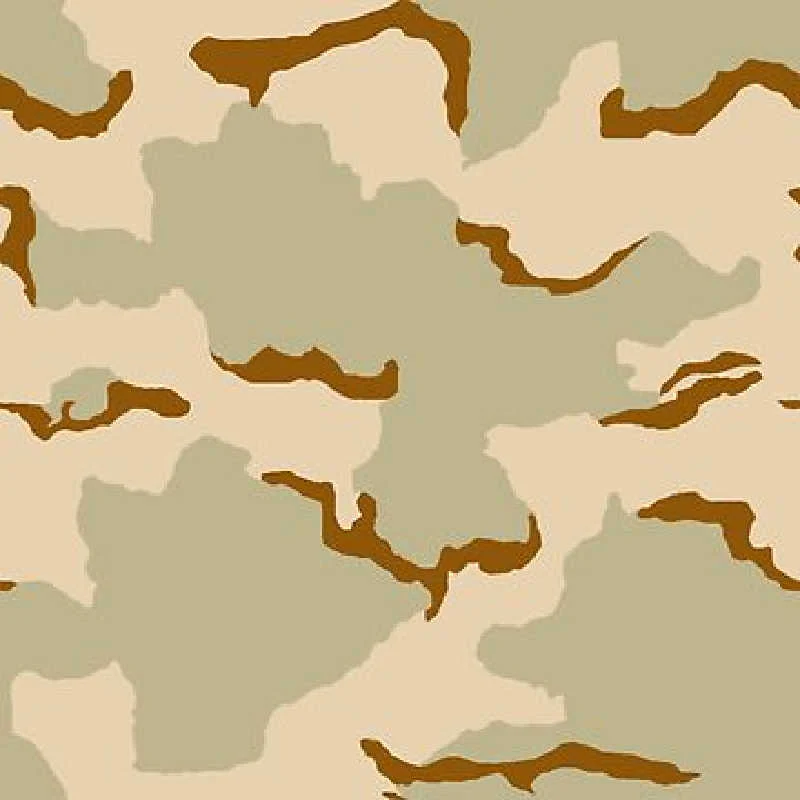
2. MULTICAM
Multicam is a versatile pattern developed for various terrains, including desert environments. Its color palette includes tones of tan, green, and brown, allowing it to adapt to different conditions, from arid landscapes to mountainous regions. The pattern’s effectiveness in the desert derives from its ability to blend into both sandy and rocky terrains, making it popular among military forces in recent conflicts.
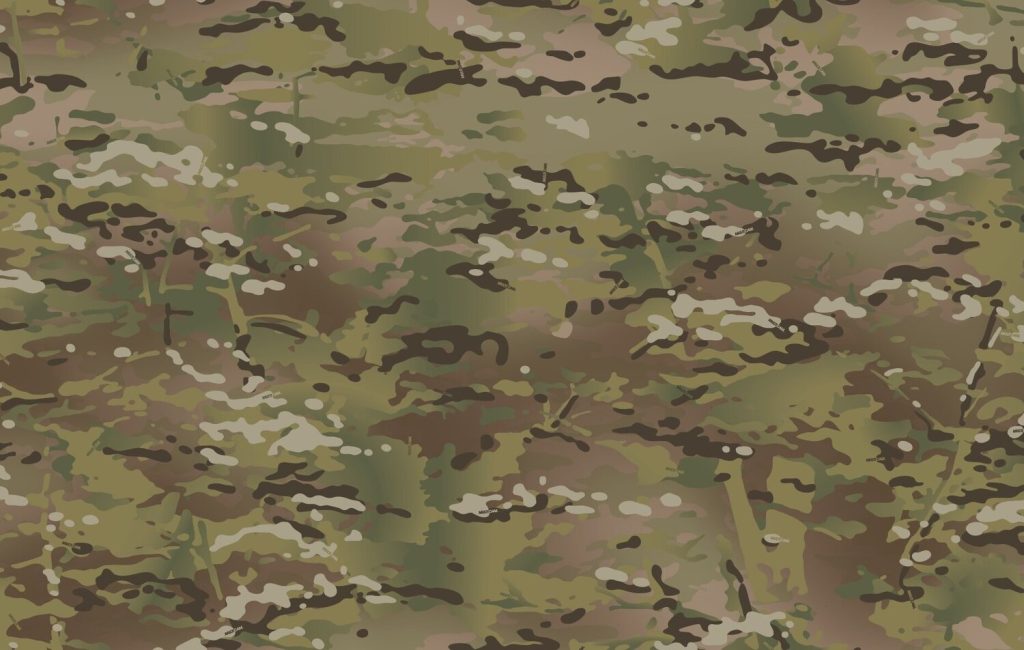
3. TAN CAMOUFLAGE (CADPAT-Tan)
CADPAT-Tan is a variant of the Canadian Disruptive Pattern (CADPAT) designed for desert applications. It features a pixelated design with a predominance of tan and lighter colors, effectively breaking up the wearer's silhouette in arid environments. CADPAT-Tan's adoption by Canadian forces during deployments to sandy regions showcases its utility in combat situations.
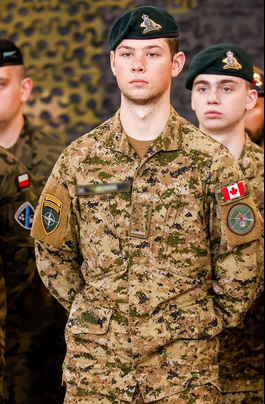
4. FLECKTARN DESERT
The Flecktarn Desert pattern is a variant of the traditional German Flecktarn design, adapted for desert use. It features a mix of tan, beige, and light brown speckles designed to break up the outline of the wearer against arid landscapes. The unique splotchy pattern helps enhance concealment for military personnel operating in Sahara-like environments or sandy terrains.
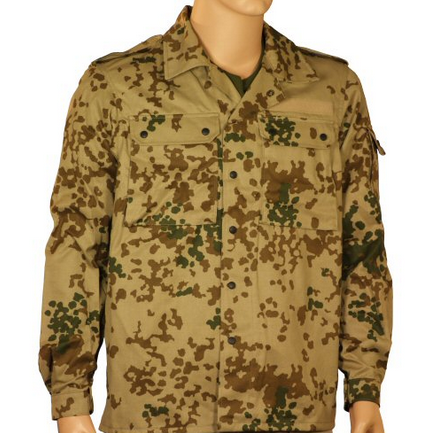
Best Jungle Camouflage Pattern
Jungle environments present unique challenges for military operations due to their dense vegetation, varying shades of green, and diverse textures. Effective camouflage in these conditions is essential for concealment, allowing soldiers to blend seamlessly with their surroundings. Here are some of the best jungle camouflage patterns known for their effectiveness in such environments:
1. M81 Woodland
The M81 Woodland pattern, originally developed for U.S. forces, is one of the most iconic camouflage designs for woodland and jungle environments. It features a combination of green, black, and brown colors arranged in disruptive shapes that help break up the wearer's outline against foliage. Its effectiveness in dense jungles has made it a favored choice for various military and outdoor applications, and it remains popular worldwide.

2. Flecktarn
Flecktarn is a camouflage pattern developed by the German military and adapted for various environments, including jungles. Its pixelated design, which incorporates green, brown, and dark green spots, is effective in breaking up outlines in dense vegetation. The irregular shapes provide effective concealment in a variety of terrains, including forested and jungle areas, making it a versatile choice for many military forces.
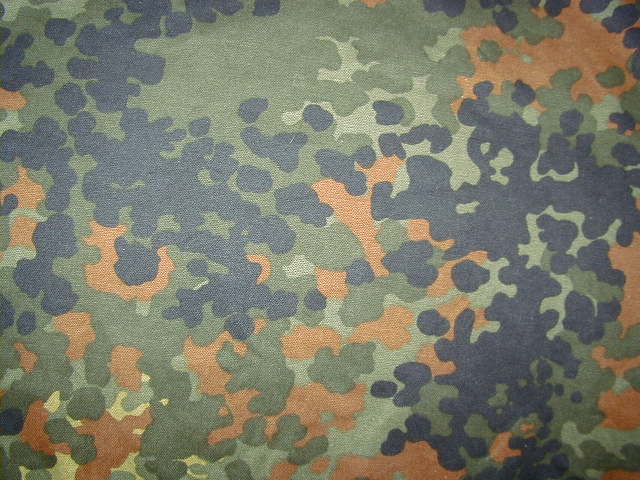
3. Tropical DPM (Disruptive Pattern Material)
The Tropical DPM is a variant of the British DPM designed specifically for jungle environments. Featuring a mix of greens, browns, and black irregular patterns, this camo is tailored for the dense and humid conditions found in tropical jungles. The design effectively blends in with both the foliage and the play of light and shadows in dense vegetation.
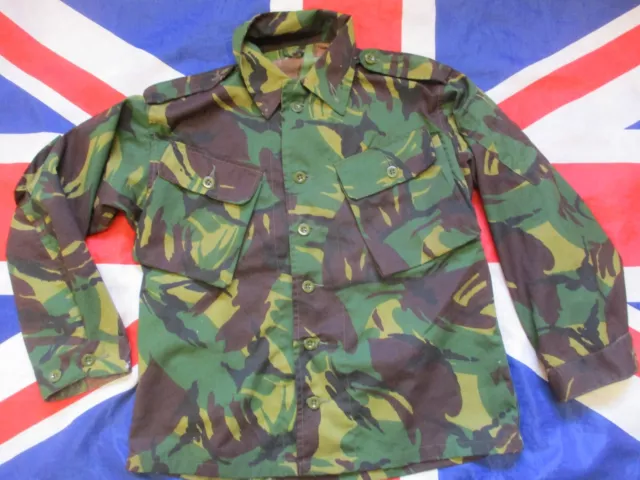
4. MALAYSIA CAMOUFLAGE
The Malaysian camouflage pattern is specially designed for jungle operations and is characterized by a combination of green, brown, and black shades. The unique pattern helps to break up the human silhouette amidst the dense foliage and varying light conditions, making it an effective choice for military forces operating in Malaysian jungles.
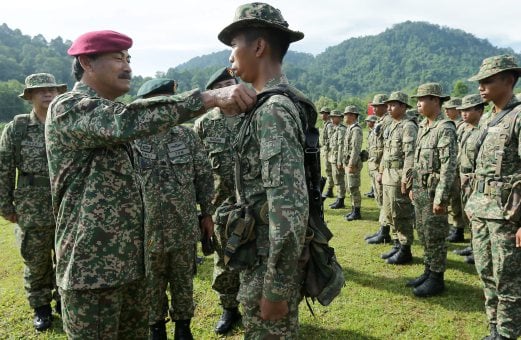
5. Tiger Stripe
Tiger Stripe camouflage originated during the Vietnam War and is known for its distinctive vertical stripes in earthy tones of green, brown, and black. The design's unique pattern is specifically crafted to blend with dense foliage and the dappled light typical in jungle settings. Its effectiveness in concealing personnel has made it a popular choice not only among military units but also among outdoor enthusiasts.
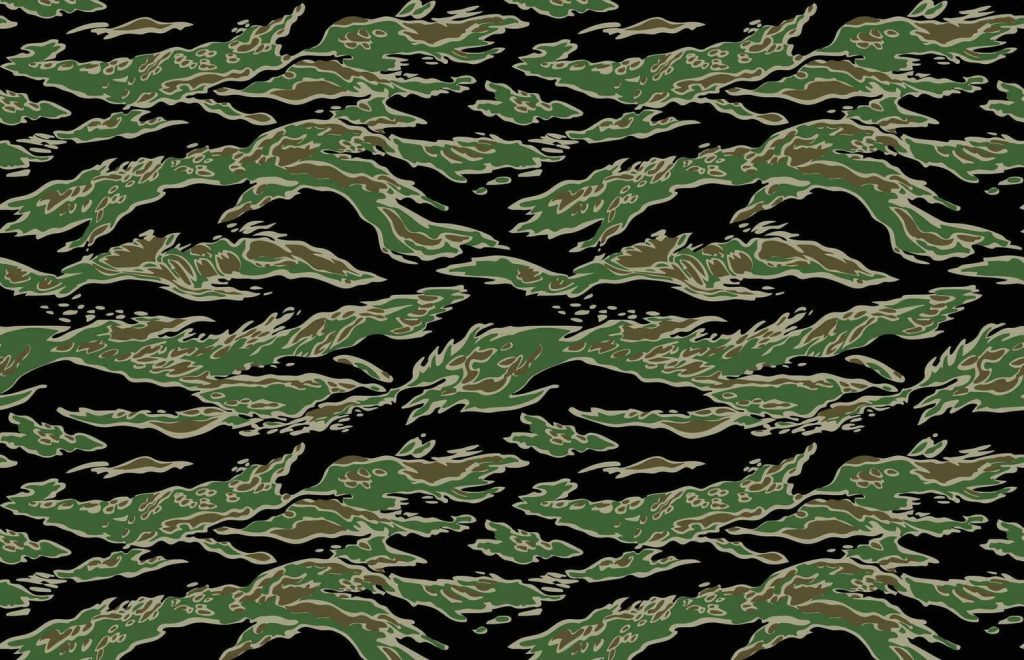
6. MARPAT
MARPAT (Marine Pattern) is a digital camouflage pattern used by the U.S. Marine Corps and designed for effective concealment in jungle environments. It features a mix of greens and browns, arranged in a pixelated format that disrupts outlines and blends well with dense vegetation. Its effectiveness has been demonstrated in various training and operational scenarios in tropical environments.
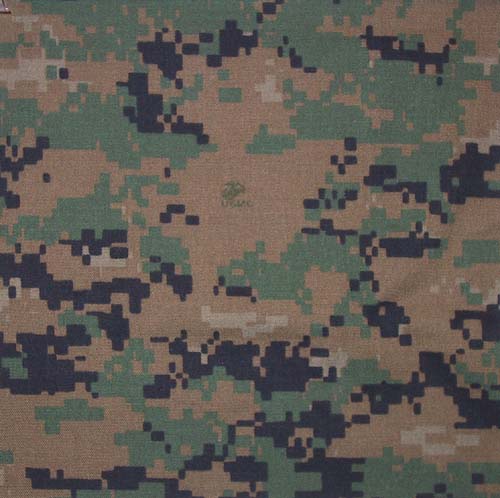
Best Camouflage Pattern for Forests
When it comes to forest environments, effective camouflage is essential for concealment from both wildlife and adversaries. Forests are characterized by a mixture of green foliage, brown tree trunks, and varying lighting conditions due to tree cover. Here are some of the best camouflage patterns known for their effectiveness in forested environments:
1. M81 Woodland
The M81 Woodland pattern is one of the most iconic camouflage designs for forest environments. Developed for the U.S. military, it features a combination of dark green, light green, and brown colors arranged in irregular shapes and splotches. The pattern effectively breaks up the wearer’s outline against the varied textures of trees and underbrush, making it a popular choice for military personnel and hunters in wooded areas.
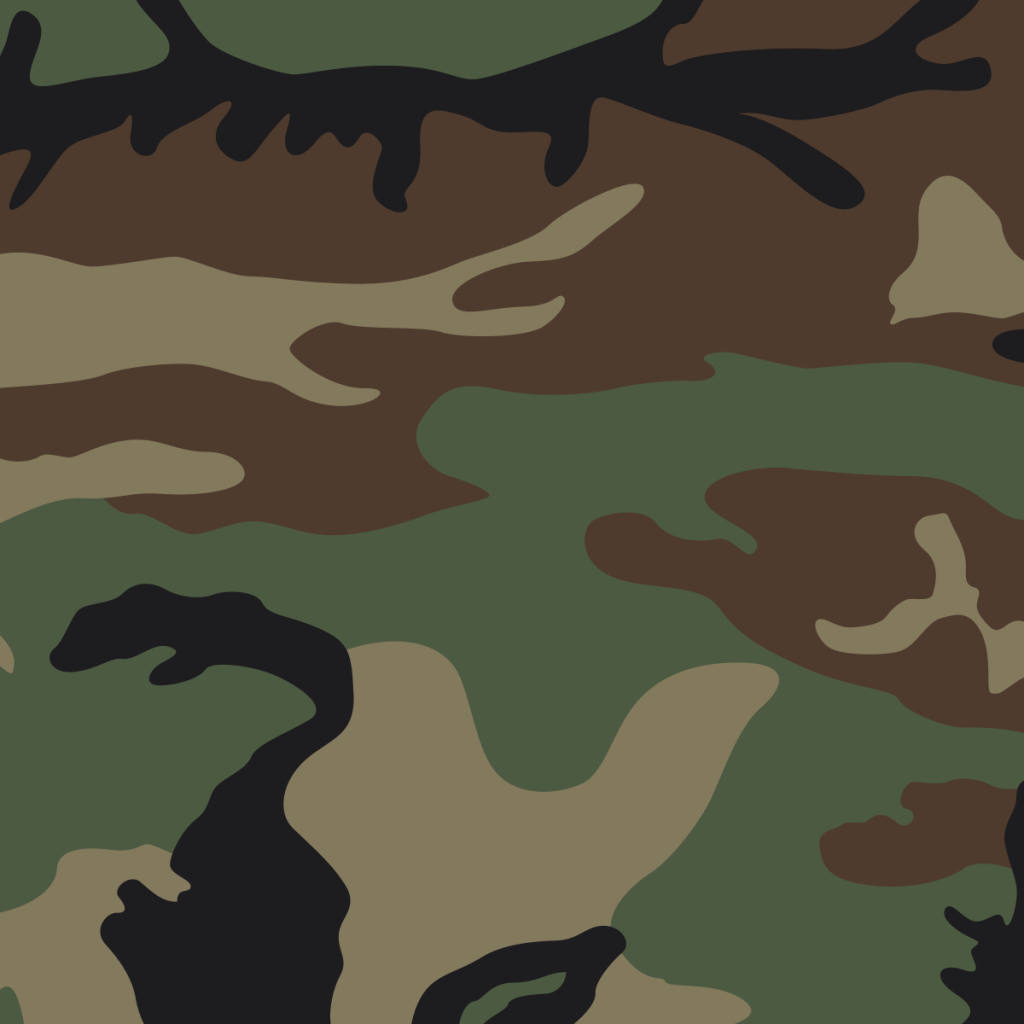
2. Flecktarn
Flecktarn is a German camouflage pattern known for its distinctive pixelated design. This pattern incorporates a mix of greens, browns, and dark colors, which makes it particularly effective in forest settings. The pixelation helps to conceal the wearer's silhouette in both dense foliage and dappled light conditions, making Flecktarn a versatile choice for military forces operating in wooded areas.
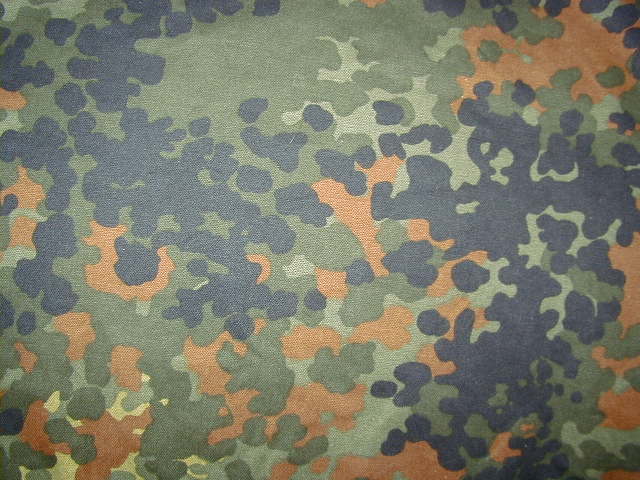
3. Multicam
Multicam is designed to adapt to various environments, including forests. The pattern features a mix of greens, browns, and tans that blend well with natural foliage. Its versatility allows it to perform well in different terrains, making it a preferred choice for military units deployed in diverse environments, including forested areas.
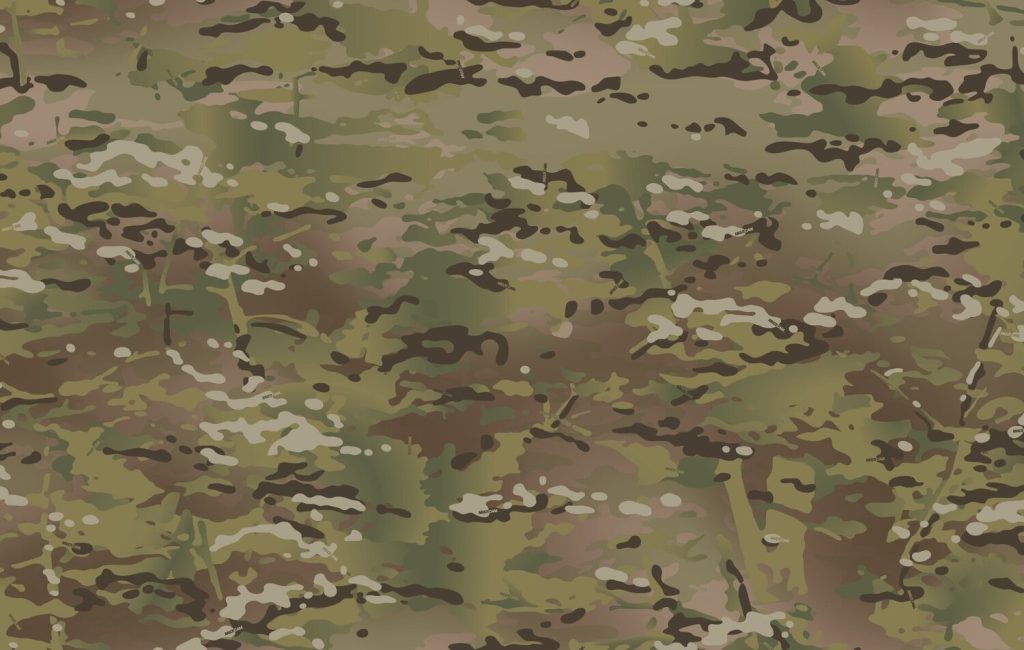
4. British DPM (Disruptive Pattern Material)
The British DPM pattern is another effective option for forest environments. Designed with a combination of greens and browns in a disruptive pattern, it helps break up the silhouette of the wearer among the trees and shrubs. The DPM pattern has been widely used by British forces and is known for its effectiveness in a variety of wooded settings.
